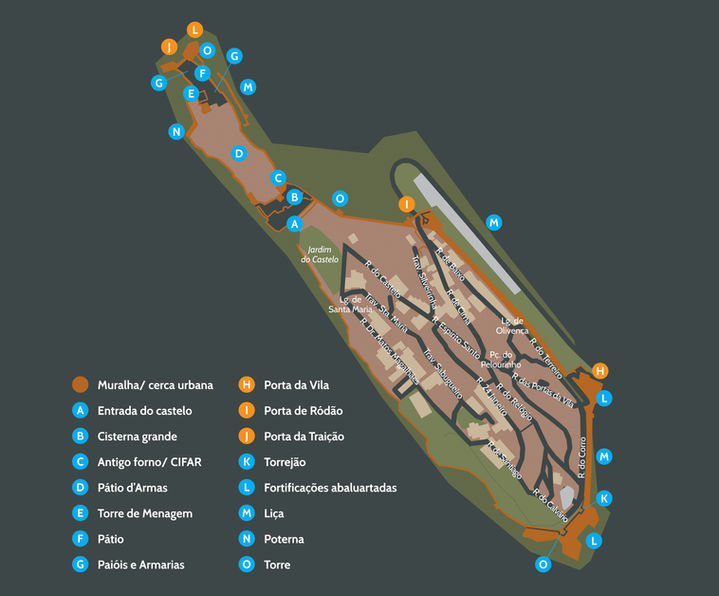
MARVÃO
Marvão
Arriving in Marvão, climbing up from the fertile valley of São Salvador da Aramenha on the banks of the Sever, is more than visiting an ancient walled town - it's entering a place where landscape, history and soul intertwine. In Marvão, Mui Nobre e Sempre Leal since the times of Queen Maria II, there is a poetic presence that recalls José Régio's Fado Alentejano, when he said he found "asas e raízes (...) e o céu mais perto" (wings and roots (...) and the sky closer).
Marvão is not just a medieval fortress town preserved in time. It is a sentinel of the frontier, a land of deep roots and wide wings, as José Amaro reminds us in the poems that welcome those who arrive. From there, as Saramago used to say, "vê-se a terra toda" (you can see the whole earth) - a vast landscape that makes the visitor whisper: ‘How big the world is!’. Located at the top of the Serra do Sapoio, on a granite outcrop, it dominates valleys of chestnut trees, olive trees and cork oaks, inhabited since ancient times, as evidenced by the Chalcolithic remains of Pombais, Batão and Vidais.
Establishment of the Town
9th century, by Ibn Maruán
Charter of King Sancho I in 1226
.......................................................
No. of inhabitants (2021)
3512
.......................................................
Total area of the Fortress
7 HA (includes Alcáçova, Cerca do Meio and Vila, interconnected in an elongated layout some 759 metres long by 200 metres wide)
.......................................................
No. of Gates and Bastions
2 Gates, 3 Bastions (Portas de Ródão, da Vila and da Traição), 2 half bastions
(Rua Nova and Cubelo)
Specifications

Marvão's history takes on a more defined shape from the 9th century onwards, when Ibn Maruán, a Sufi muladi rebel, founded a fortress here to resist the powers of Córdoba. Later, during the campaigns of King Afonso Henriques and then Sancho II, the town was integrated into the Christian kingdom and handed over to the Templars. During the reign of King Dinis, Marvão became a strategic pillar in the defence of the border and was strengthened militarily over the centuries.
Today, Marvão is a preserved jewel, classified as a National Monument since 1922 and a candidate for UNESCO World Heritage. Its castle, walls, cobbled streets and surrounding landscape offer visitors a unique experience - between history, nature and poetry.
Chronological Overview
100 BC-100
801-900
1160
1226
1271
1301-1400
1640-1668
1762
1801
1807
1810
1922
1945
2001-to day
The Roman city of Ammaia was founded, with traces of defence.
Ibn Maruán uses the fortress as a refuge during the Arab presence.
King Afonso Henriques conquers the fortress, integrating Marvão into the Kingdom of Portugal.
King Sancho II grants the town a charter and begins to extend the fortress.
The fortress passes to the Order of Malta and continues its defence of the border.
During the reign of King Dinis, the keep is built, giving the fortress its characteristic medieval shape.
In the Restoration War, Marvão resists Castilian attacks and strengthens its walls.
Resists the siege in the Battle of Marvão, during the Fantastic War.
War of the Oranges: Marvão once again resists the Spanish attack.
During the First French Invasion, Marvão is taken, but gains time for the Portuguese court to withdraw.
Second French Invasion - Marvão is reconquered by Portuguese-Spanish forces.
The Marvão Fortress is classified as a National Monument.
The castle is demilitarised and comes under the administration of the town council.
Marvão is considered one of the most beautiful and well-preserved towns in Portugal, promoting tourism and culture in the region, preserving its medieval and military heritage, especially the fortress, which remains one of the region's greatest historical and architectural symbols.
See our suggestions for when you visit the Almeida Fortress
Itinerary
